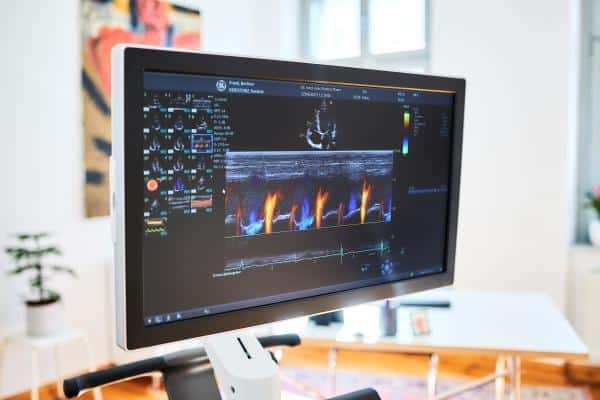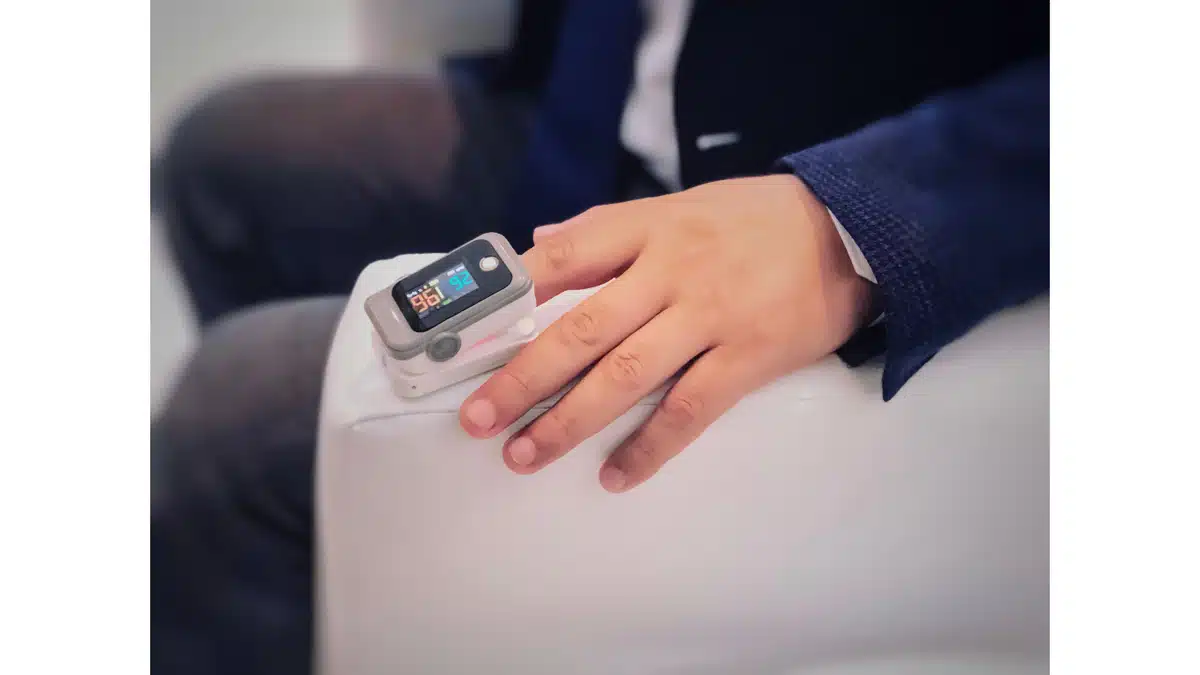WHEN do I need to see a Cardiologist if my pulse is too fast?
The normal pulse
A normal pulse rate for a healthy person at rest is between 60 and 100 beats per min. As we can observe in ourselves, the pulse rate goes far beyond 100 beats per min during physical exertion and can reach a rate of up to 180/min and more in young and athletic people – although the pulse rate usually returns to normal within minutes after exertion.
The accelerated pulse
Thus, by increasing the pulse rate, the heart can supply the body with more oxygen to enable physical exertion, such as running fast. But not only during physical exertion, but also during psychological stress such as highly concentrated or tense situations, our heart reacts with an acceleration of the pulse, which we all know from stage fright or similar exposed situations. Thus, the pulse increase is first of all a physiological reaction that makes us highly resilient for a short time.
When should I pay attention to the pulse?
You should be alert if your pulse beats faster than 100 per minute for no apparent reason and for a longer period of time, and perhaps also very irregularly. Other alarm signals are symptoms such as shortness of breath, dizziness or a feeling of tightness in the chest. A doctor should be consulted.
The causes can be very diverse and range from rather harmless to very serious and should be clarified in any case. This requires a careful medical history and, if necessary, further tests.

Herzratenvariabilität
„Wenn das Herz so regelmäßig wie das Klopfen eines Spechtes oder das Tröpfeln des Regens auf dem Dach wird, wird der Patient innerhalb von vier Tagen sterben“ (Wang Shu-He, 180-270 n. Chr.). Der Quantität und Qualität des Pulses wird schon seit der griechischen Antike Aufmerksamkeit geschenkt.
Prinzipiell gilt, dass ein ruhiger und eher langsamer Puls prognostisch gesehen eher günstig ist, wie Studien beweisen¹. Ein weiterer prognostisch und diagnostisch wichtiger Wert ist die sogenannte Herzratenvariabilität. Auch das kennen wir alle aus eigener Beobachtung: Wenn wir einatmen, wird der Puls kurz etwas schneller und wenn wir ausatmen, wird er etwas langsamer. Das können wir messen und daraus Rückschlüsse ziehen. Durch diverse Entspannungsverfahren, wie Meditation, Yoga, und ähnliches können wir die Herzratenvariabilität steigern und damit die Herzgesundheit fördern.

References
¹Heritability of resting heart rate and association with mortality in middle-aged and elderly twins
1 Magnus T Jensen
2 Mette Wod 3 Søren Galatius
4 Jacob B Hjelmborg
5 Gorm B Jensen 6 Kaare Christensen